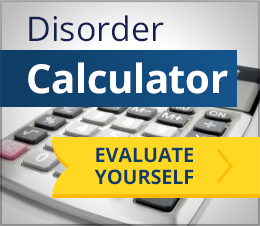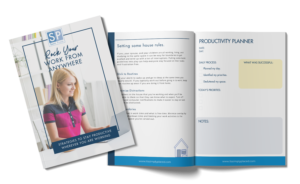
We all have memorabilia of some sort; those objects we keep for their historical significance or as reminders of important people or events in our lives. As with anything we keep, without a thoughtful strategy for defining what to keep and an organized way for storing what we keep, collections of memorabilia can quickly become large, disorganized and physical and emotional burdens.
What type of memorabilia should you keep? Defining what to keep when it comes to memorabilia is somewhat different than with other types of organizing projects. It’s easy for example when organizing a desk drawer to ask yourself, “Do you use it?” or “Do you need it?”. These questions don’t work as well for deciding whether to keep a love letter or a chipped saucer from your grandmother’s tea set. You don’t typically use memorabilia and the “need” for keeping memorabilia is almost always emotional and rarely practical.
Use this framework for establishing criteria for what types of memorabilia you choose to keep:
- Set some limits. How much space do you have for storing memorabilia? What is a reasonable amount for you? A collection of memorabilia shouldn’t prevent you from using or enjoying your space in the present. The intent of keeping memorabilia should be to allow the past to support your enjoyment of life today.
- Keep objects that bring you joy when you look at them.
- Keep objects that tell your story or the story of your family. This will help you curate a quality collection of items that communicate a story rather than just holding onto the complete quantity of what you have.
- Consider letting go of things that elicit negative feelings like guilt. Avoid keeping things because you feel you should out of guilt or obligation. Items that bring up these types of feelings hold you to living in a negative past and typically don’t do much to positively honor a person or event in the present.
- Consider letting go of things you only have a remote possible need of using. In these situations the physical and emotional cost of keeping the item often outweighs the benefit of having it on the off-chance the need arises.
- Ask yourself, “Why might I keep this?” Having a clear answer for each item of memorabilia you consider will help determine if it’s something you should physically keep. The key is to be specific in your answer. Say your answer aloud and listen to yourself. Does what you’re saying make sense? Because memorabilia is emotional, the answer doesn’t have to be rational. It does, however, have to fit in the context of your goals for saving memorabilia.
Use this process for organizing memorabilia:
- Prepare yourself – Organizing memorabilia is often a much more emotional experience than organizing a kitchen or workspace. At it’s root memorabilia is full of memories, good and bad. Knowing this, plan to take on this project slowly, with an open mind and to manage feelings of overwhelm by breaking the project down and taking breaks. If you’re not working with someone who you can talk to or share feelings with as they arise, consider talking out loud to give voice to what you’re experiencing.
- Collecting – As with most organizing projects, the effort of organizing memorabilia begins with consolidating your items into one space.
- Sorting – The way you sort memorabilia depends somewhat on the types of items you’re sorting and/or the way you want to shape your collection. Think about the story you want to tell with your collection. For example, you might sort photos or letters or trinkets by event or by person. If you’re creating a timeline of memories, sorting by event makes sense. If you’re creating a memory box of a certain person, it makes sense to collect pictures and artifacts together for that person.
- Pruning – The goal of pruning down your collection is to create a collection of memorabilia that effectively preserves a memory of a person, event or story. The focus is on quality over quantity. Keep the limits you set for how much memorabilia you can store in mind as you prune your collection.
- Preserving – Having gone through this process you’ve identified items that you truly value and honor your memories. Take care of these items by storing them in containers that will preserve them over time. Research how to safely store photos, paper and fabric. Consider where in your home you will store memorabilia and make sure your containers adequately protect things in the this environment.
Overall the memorabilia you keep should be meaningful, accessible so you can enjoy it and protected. Need help organizing your memorabilia or do you have questions about storing these items? Contact us.






